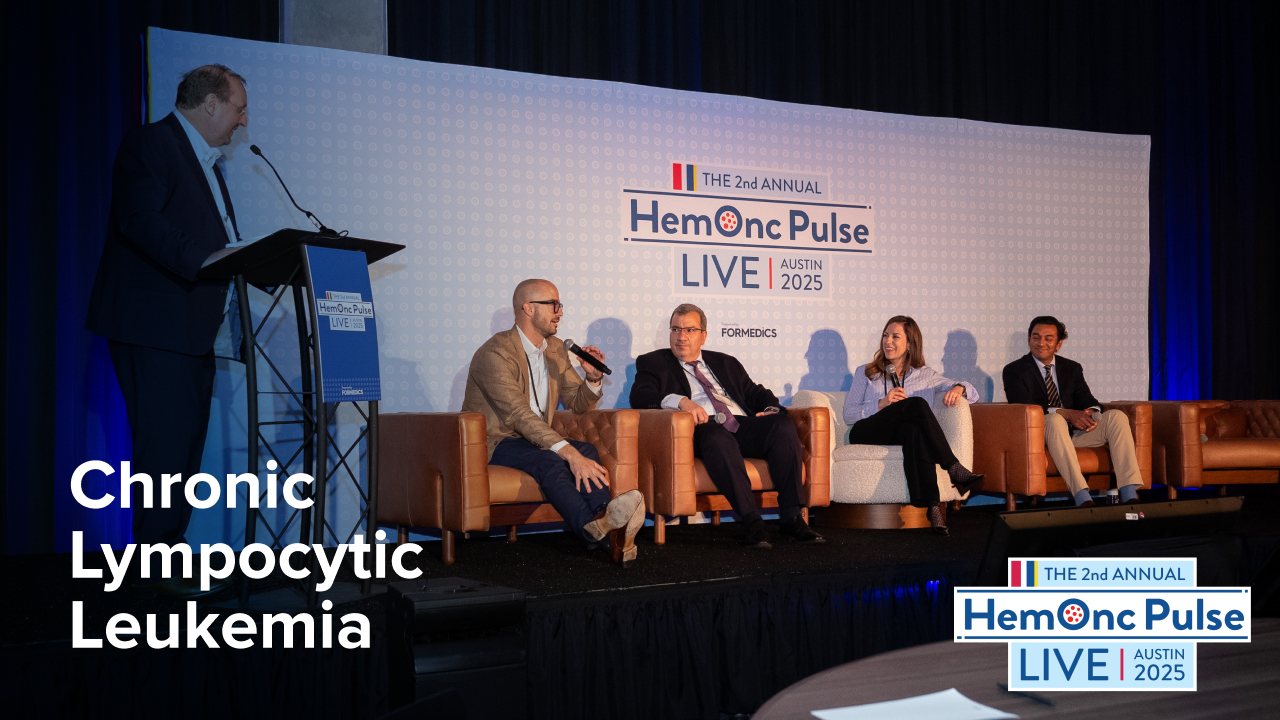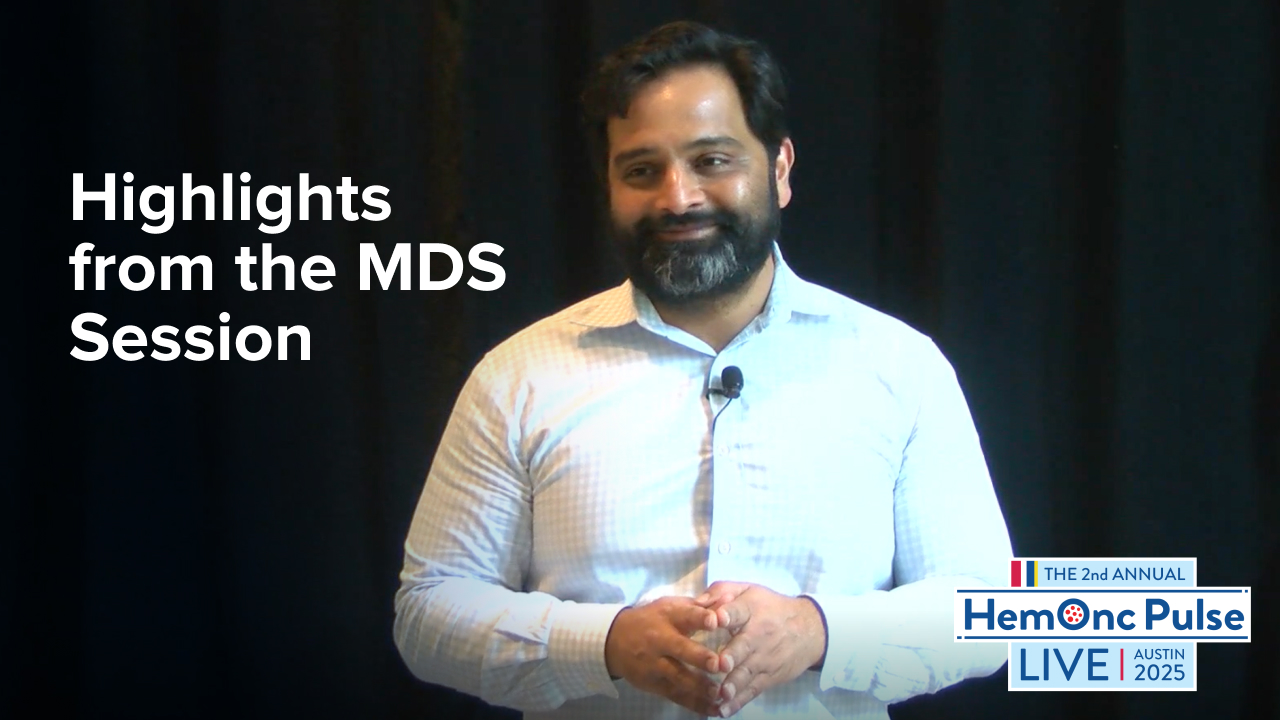How Are Prognostic Scores Factored into Myelofibrosis Frontline Therapy Planning?
By Ruben Mesa, MD, Naveen Pemmaraju, MD, Sanam Loghavi, MD, Olatoyosi Odenike, MD - Last Updated: June 7, 2024A roundtable discussion, moderated by Ruben Mesa, MD, of the Atrium Health Wake Forest Baptist Comprehensive Cancer Center, focused on the latest updates in myeloproliferative neoplasms. Dr. Mesa was joined by Naveen Pemmaraju, MD, of the University of Texas MD Anderson Cancer Center; Sanam Loghavi, MD, of the MD Anderson Cancer Center; and Olatoyosi Odenike, MD, of the University of Chicago Medicine.
In the second segment of the roundtable series, the panel discusses how prognostic scores factor into frontline therapy planning for myelofibrosis.
—
Dr. Mesa: Which prognostic scores do you recommend, and how are they factored into frontline therapy planning?
Dr. Pemmaraju: The prognostic scoring systems started with the International Prognostic Scoring System (IPSS) in 2008-2009 in the pre-Janus kinase (JAK) inhibitor era. We all used that at diagnosis. Now, that’s been replaced by the subsequent models, the Dynamic IPSS (DIPSS) and the DIPSS Plus, each adding molecular and cytogenetic data. Anemia is the one disorder that continues to be persistent and weighted as you get into the deeper scoring systems.
More recently, we are using the [Molecular IPSS] scoring system in the clinic. There is a convenient online calculator. It takes fibrosis into account for the very first time, which is really great to see, and CALR and high-risk molecular mutations in addition to the clinical factors.
I would say use a prognostic scoring system that’s reliable and can be used either at diagnosis or later on. Once you use that, determine if the patient is stem cell transplant eligible or not. If you can refer to a transplant eligible center, go for it. If the patient is intermediate to high-risk disease, I always prefer a clinical trial if it’s available; if not, then JAK-inhibitor standard therapy.






 © 2025 Mashup Media, LLC, a Formedics Property. All Rights Reserved.
© 2025 Mashup Media, LLC, a Formedics Property. All Rights Reserved.